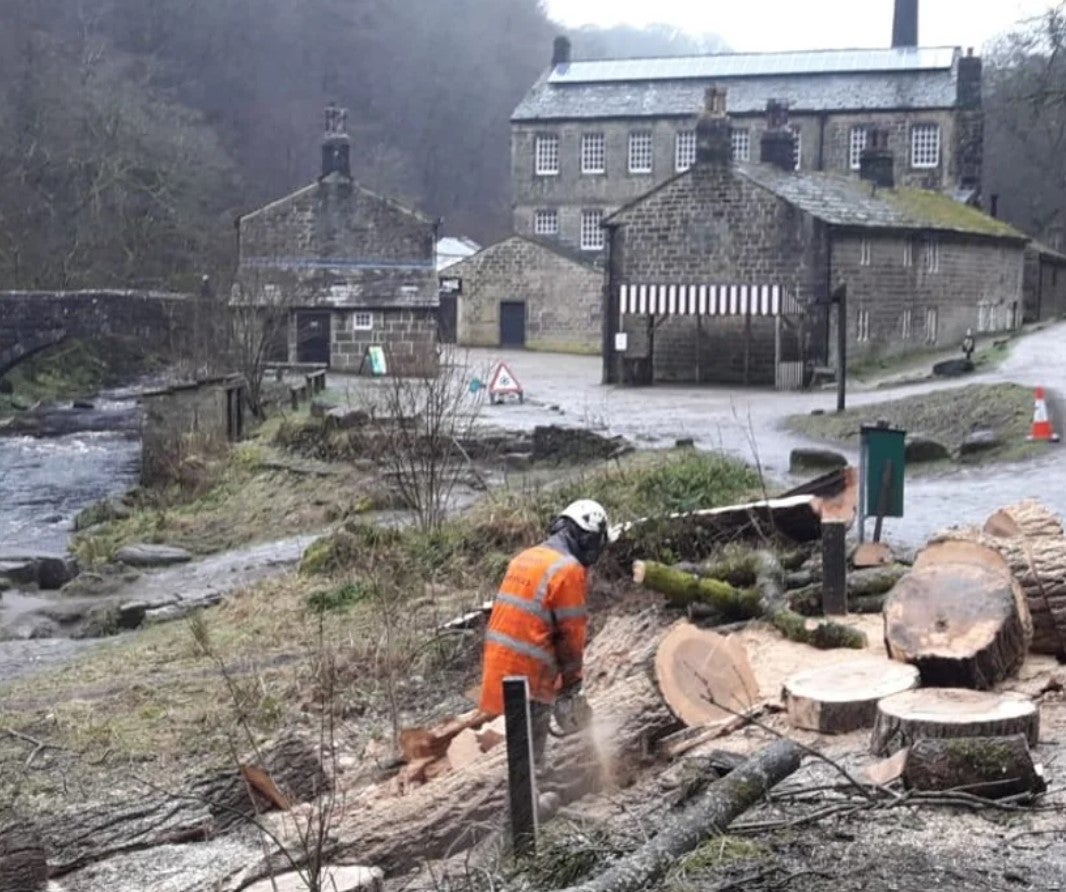Thousands of trees to be felled as climate change helps diseases spread
Ash and larch trees have been hard hit by the spread of diseases exacerbated by climate change

Your support helps us to tell the story
From reproductive rights to climate change to Big Tech, The Independent is on the ground when the story is developing. Whether it's investigating the financials of Elon Musk's pro-Trump PAC or producing our latest documentary, 'The A Word', which shines a light on the American women fighting for reproductive rights, we know how important it is to parse out the facts from the messaging.
At such a critical moment in US history, we need reporters on the ground. Your donation allows us to keep sending journalists to speak to both sides of the story.
The Independent is trusted by Americans across the entire political spectrum. And unlike many other quality news outlets, we choose not to lock Americans out of our reporting and analysis with paywalls. We believe quality journalism should be available to everyone, paid for by those who can afford it.
Your support makes all the difference.Large areas of woodland will be lost this winter because of tree diseases, The National Trust has said.
At least 30,000 ash trees are expected to be felled at a cost of £3m (up from £2m last year) because of ash dieback.
The National Trust said changing weather patterns means it is seeing the “worst effects” of tree diseases.
Ash dieback, caused by a fungus called Hymenoscyphus fraxineus, originated in Asia and spread to Europe via the global plant trade.
With its windborne spores, the fungus spreads quickly, causing leaf loss, bark lesions and dieback in the crown of the tree, where the branches emerge from the trunk.
And tens of thousands of larch trees will also be felled across the Lake District after an outbreak of the disease Phytophthora ramorum, a fungal-like organism that causes the death of a wide range of trees and shrubs. Urgent felling will take place at several sites, with Holme Wood among the worst affected by the disease.
A National Trust spokesperson said: “Changing weather patterns caused by climate change mean we’re seeing the worst effects of ash dieback and other diseases at the places in our care.
“Mild, wet winters create ideal conditions for disease and pests to spread. Prolonged drought, flooding and high temperatures also mean that the trees are likely to be stressed and more vulnerable to disease.”
Woodlands in the South Lakes have been badly hit, including Tarn Hows and Coniston. Wasdale, Langdale, and Crummock have also been affected.
A new disease Phytophthora pluvialis – discovered in Cornwall – and an outbreak of the eight-toothed spruce bark beetle in the southeast of England have also raised concerns.
Join our commenting forum
Join thought-provoking conversations, follow other Independent readers and see their replies
Comments